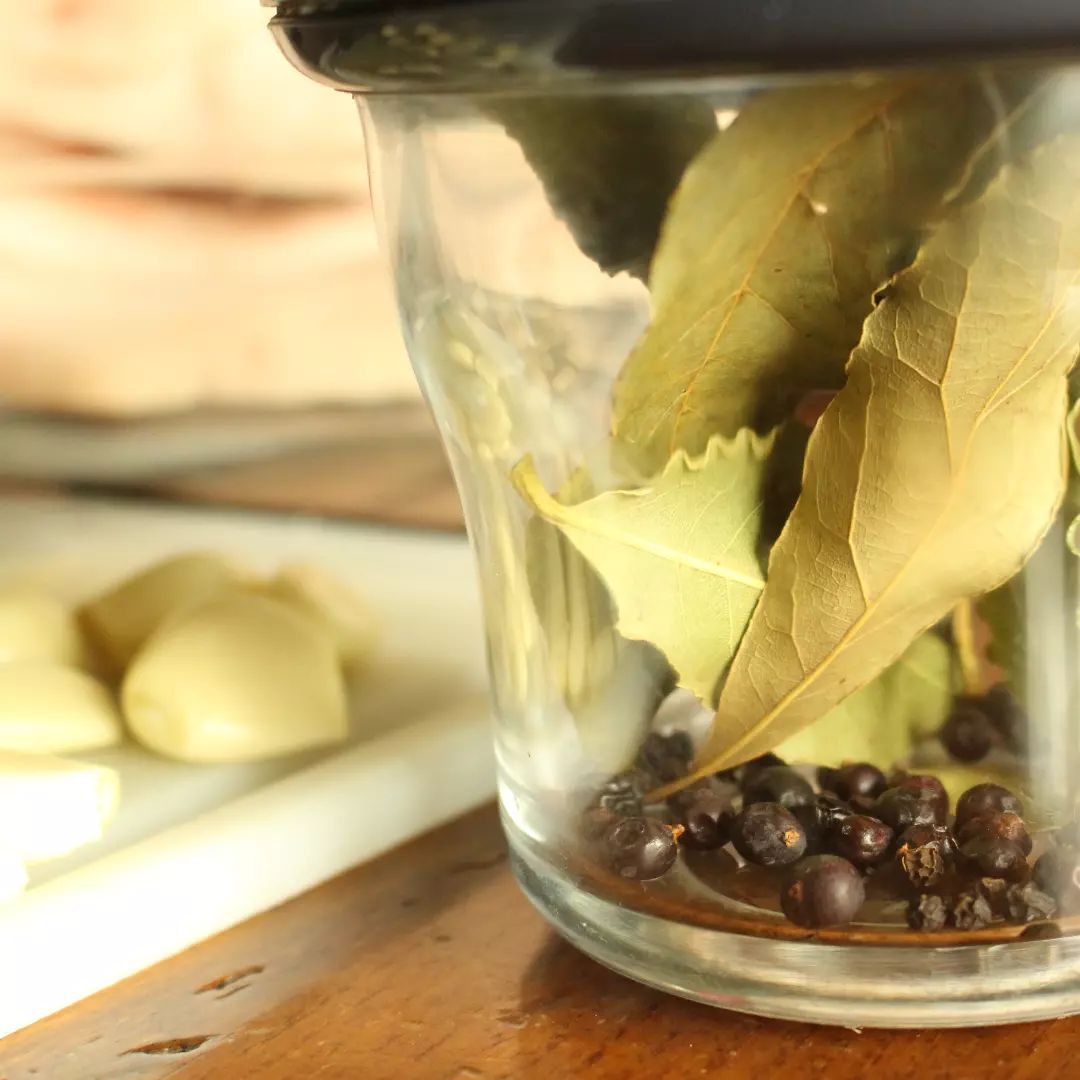It’s easy to think, when you see someone, that they have always been that way. . Yet so many of us hold stories of change. . People who I meet these days can barely imagine that I’ve looked any different to how I do now. When they find out that I used to carry twice the weight I do now, they can’t believe it. . After over a year of podcasting, @farmandhearth and I decided it was time to talk about my 140lb/10 stone/65kg weight loss. It wasn’t easy to distill a childhood of being the fat kid, the 18-month journey to lose the weight, the decade of determination and fat avoidance lest I regain and the embracing of ancestral foods that has seen my need for restraint ending. But we tried!! . I sincerely hope that, whatever your own relationship with food, my sharing inspires, softens and informs you. And that it strengthens your belief in the possible. . You can subscribe to the podcast by searching for @ancestralkitchenpodcast in your app, or you can listen via the link in my profile. . Please do let me know what you think. And please do share this episode with anyone you think would enjoy listening. :-)
It’s easy to think, when you see someone, that they have always been that way.
.
Yet so many of us hold stories of change.
.
People who I meet these days can barely imagine that I’ve looked any different to how I do now. When they find out that I used to carry twice the weight I do now, they can’t believe it.
.
After over a year of podcasting, @farmandhearth and I decided it was time to talk about my 140lb/10 stone/65kg weight loss. It wasn’t easy to distill a childhood of being the fat kid, the 18-month journey to lose the weight, the decade of determination and fat avoidance lest I regain and the embracing of ancestral foods that has seen my need for restraint ending. But we tried!!
.
I sincerely hope that, whatever your own relationship with food, my sharing inspires, softens and informs you. And that it strengthens your belief in the possible.
.
You can subscribe to the podcast by searching for @ancestralkitchenpodcast in your app, or you can listen via the link in my profile.
.
Please do let me know what you think. And please do share this episode with anyone you think would enjoy listening. 🙂









